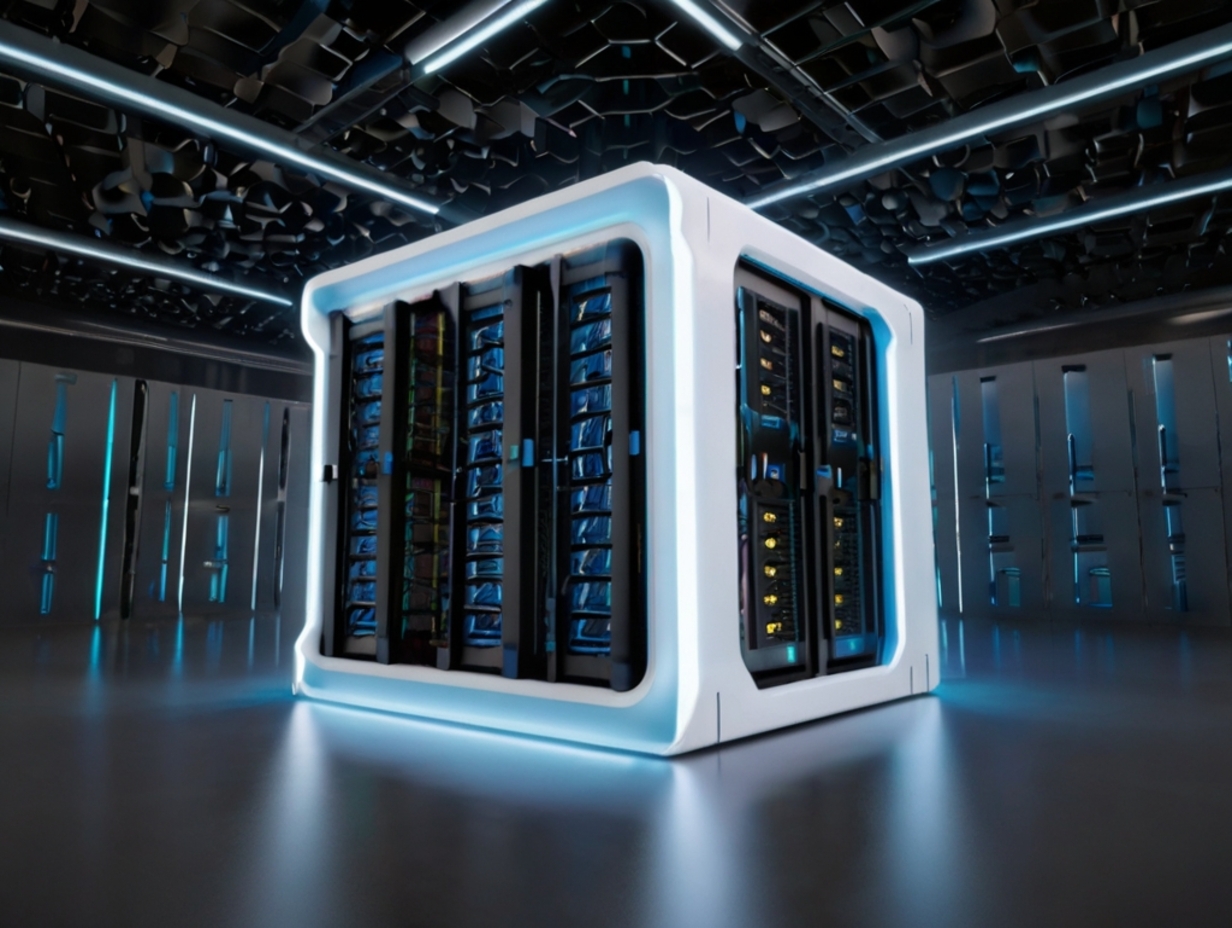SpiNNcloud System has revealed their revolutionary SpiNNaker2 platform which is a new hybrid AI supercomputer based on principles from the human brain as a next generation machine. Developed by Steve Furber, the father of the first ARM processor and the SpiNNaker1 architecture, Furber’s innovative approach is characterized by the use of many low-power processors to proportionally approach various AI and computational tasks.
Commerciability, and technical features
The launching of commercial SpiNNaker2 demonstrates that neuromorphic computing has reached its crucial stage. The groundbreaking infrastructure becomes a game changer in the realm of AI with its one of a kind structure. The system has a server board where there are 48 SpiNNaker2 chips, each fitted with 152 Arm based cores, and an array of specialized hardware of accelerators, with the distributed GPU-like modules. This design features working neuromorphic, hybrid, and conventional AI model processing options which are testified by the multidimensional AI capability of the system.
Source: X (formerly Twitter)
Scalability is another strength of SpiNNaker2, as it makes use of multiple rack setups of 90 SpiNNcloud server boards. The firm forecasts that this scalability will allow the emulating over 10 billion neurons making SpiNNaker2 the supercomputer that has much potential to be applied in machine learning. Additionally, the system could deliver a processing potential as high as 0. 3 exaops that signifies the capability of tackling heavy computational tasks.
Energy efficiency and market impact
Apart from traditional GPU-based approach, SpiNNaker2 employs the asynchronous, low-power units and schedules complex operations through them in a way to achieve enhanced flexibility, energy proportionality and low operational costs. These actions, besides performance enhancement, also send a clear statement to the system of its sustainability and efficiency.
Industry experts project that SpiNNaker2 will be a impactful innovation in areas of science such as artificial intelligence which rely on powerful computing systems. The institutions, including Sandia National Laboratories, Technical University of München and Universität Göttingen, are some of the early users that are anticipating the arrival of SpiNNaker2. Fred Rothganger, from Sandia National Labs, seems to obey the system’s adaptability and wishes to use SpiNNaker2 for innovative research.
In the future, SpiNNcloud Systems is likely to impact the mainstream AI systems through the advancement of brain-like hypercomputing systems. Hector Gonzalez, co-founder and co-CEO of SpiNNcloud Systems, imagines SpiNNaker2 as the way forward for AI systems and thinking about the future of this innovation, he mentions defense, drug discovery, quantum emulation, smart city applications and many others.
Future prospects
The unveiling of SpiNNaker2 brings an unprecedented advance in neuromorphic computing to the fore, through a hybrid AI platform with exceptional processing power. The company is all set to release cloud-hosted systems by the second half of 2024 with full-scale production systems in the first half of 2025. The company SpiNNcloud Systems will present its new platform at ISC High Performance 2024 and visitors will have a chance to visit the company booth L19.





